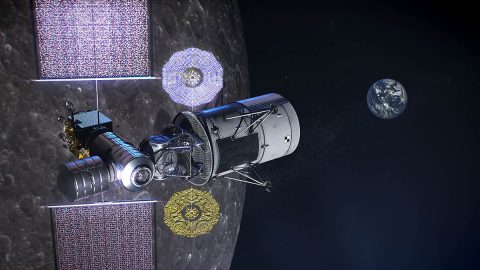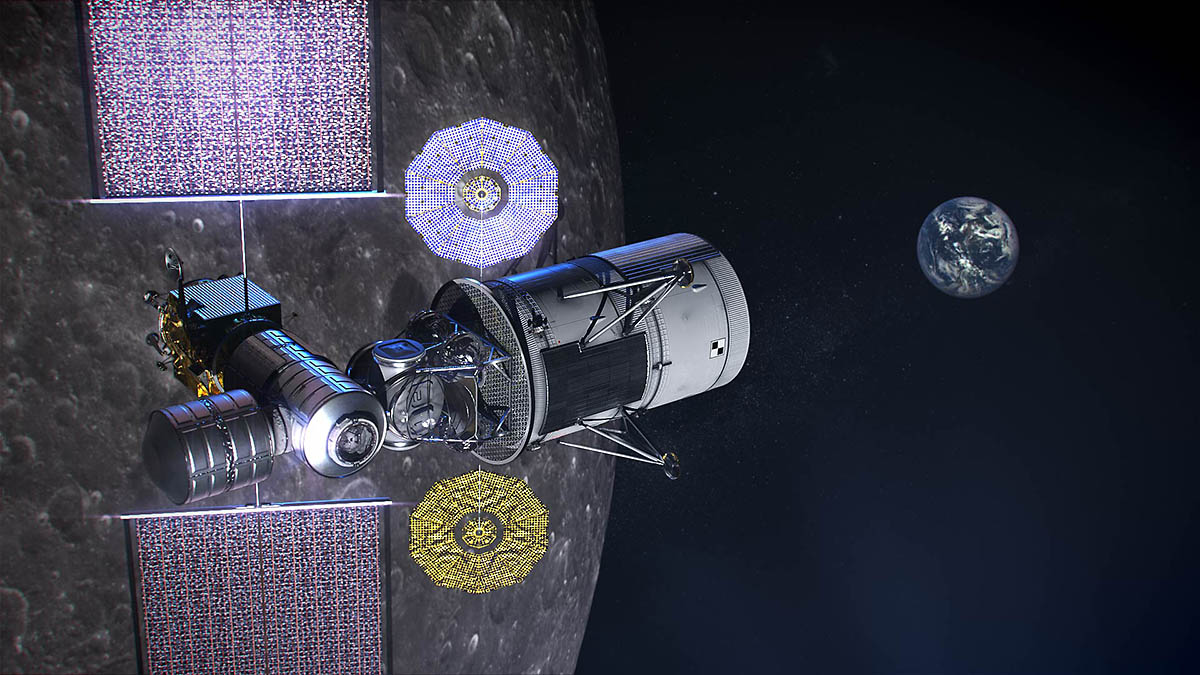 Washington, D.C. – NASA, in collaboration with the National Space Grant Foundation, is giving university teams the opportunity to develop innovative design ideas that will assist NASA’s Moon to Mars mission objectives.
Washington, D.C. – NASA, in collaboration with the National Space Grant Foundation, is giving university teams the opportunity to develop innovative design ideas that will assist NASA’s Moon to Mars mission objectives.
The 2021 Moon to Mars eXploration Systems and Habitation (M2M X-Hab) Academic Innovation Challenge is an opportunity for NASA to build partnerships and tap into the ingenuity and creativity of the rising Artemis generation space explorers.

This collaborative opportunity provides real-world, hands-on design, research and development opportunities for university students interested in aerospace careers while strengthening NASA’s efforts to optimize technology investments, foster innovation and facilitate technology infusion.
NASA’s Advanced Exploration Systems division will offer multiple competitively- selected awards ranging from $15,000- $50,000 to university teams to assist them in designing and producing studies, research findings or functional products that bridge strategic knowledge gaps, increase capabilities and lower technology risks related to NASA’s Moon to Mars space exploration missions. Proposals are due April 24th, 2020.
M2M X-Hab 2021 Academic Innovation Challenge projects proposals will provide solutions for overcoming technology barriers and advancing technology in the following areas:
- Habitation Systems
Habitation systems provide a safe place for astronauts to live and work in space and on planetary surfaces. They enable crews to live and work safely in deep space, and include integrated life support systems, radiation protection, fire safety, and systems to reduce logistics and the need for resupply missions.
- Vehicle Systems
Vehicle systems include human and robotic exploration vehicles, including advancement in space propulsion, extensible lander technology, modular power systems, and automated propellant loading on the ground and on planetary surfaces.
- Foundational Systems
Foundational systems provide more efficient mission and ground operations and those that allow for more Earth independence. These systems foster autonomous mission operations, in-situ resource utilization, in-space manufacturing, communication technologies, and synthetic biology applications.
- Robotic Precursor Activities
Robotic missions and payloads acquire strategic knowledge about potential destinations for human exploration. They inform systems development, including prospecting for lunar ice, characterizing the Mars surface radiation environment, radar imaging of near-Earth asteroids, instrument development, and research and analysis.
- Human Spaceflight Architecture Systems (Gateway-focused)
Gateway establishes a platform to mature necessary short- and long-duration deep space exploration capabilities through the 2020s. It will be assembled in a lunar orbit where it can be used as a staging point for missions to the lunar surface and destinations in deep space, providing a flexible human exploration architecture. Gateway can be evolved for different mission needs (exploration, science, commercial and international partners). Initial functionality will include several main elements: a Power and Propulsion Element, habitation elements, two airlock elements (one to enable human Extra-Vehicular Activities, one to pass science hardware and experiments), utilization, and required logistics element(s). The element containing a science airlock will also house additional propellant storage and advanced lunar telecommunications capabilities.
NASA is leading a sustainable return to the Moon with commercial and international partners to expand human presence in space and bring back new knowledge and opportunities. The key components of the exploration campaign that will send astronauts to the Moon and beyond sustainably are being developed. NASA’s next big rocket, the Space Launch System, along with the Orion spacecraft and the mobile, lunar command module—Gateway—will be the backbone for deep space exploration.
Learn more about the M2M X-Hab Academic Innovation Challenge, and visit the NASA Solve website for more information about the agency’s prize competitions, challenges and citizen science activities at:
To view last year’s X-Hab challenge projects, visit



